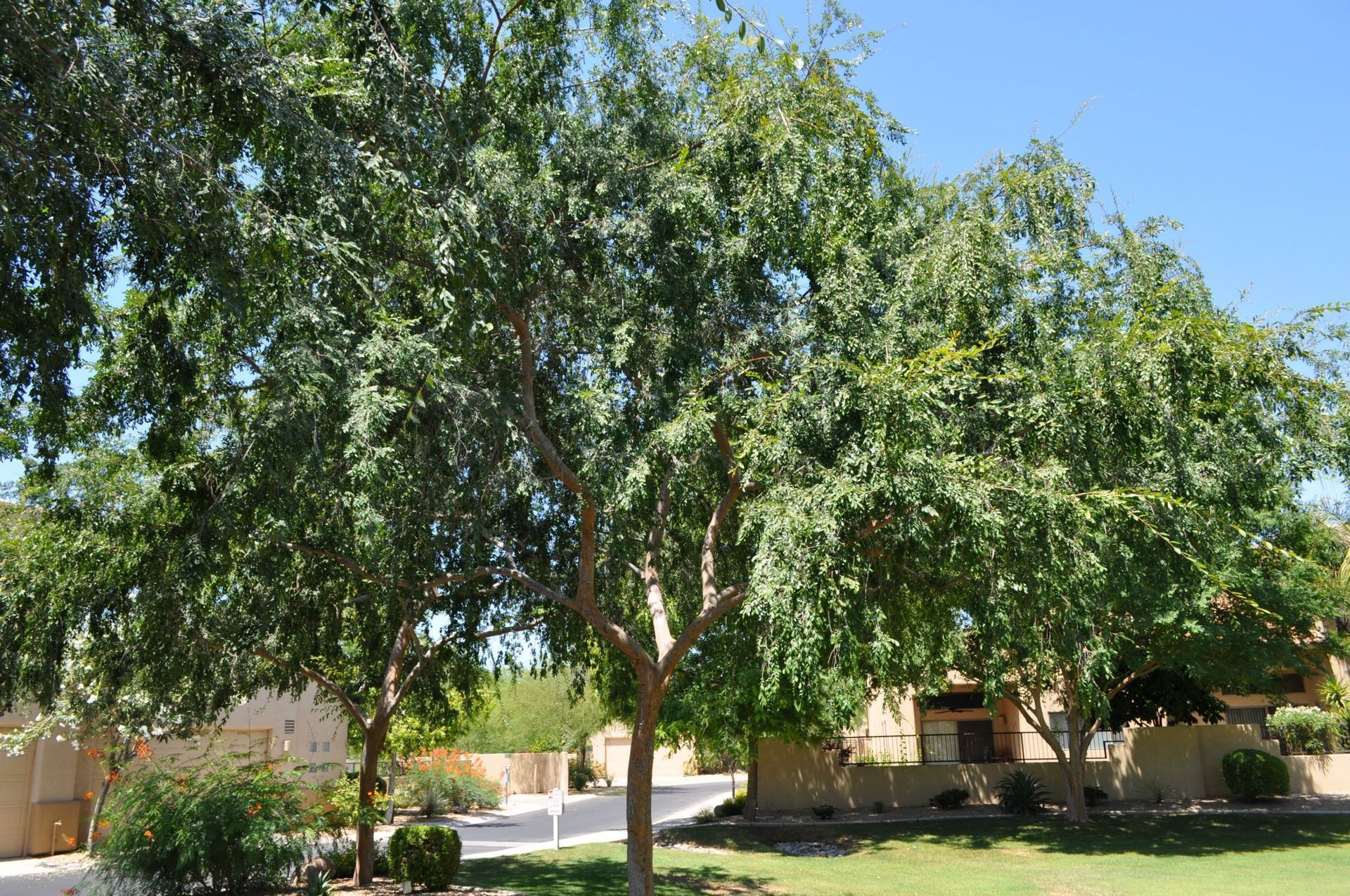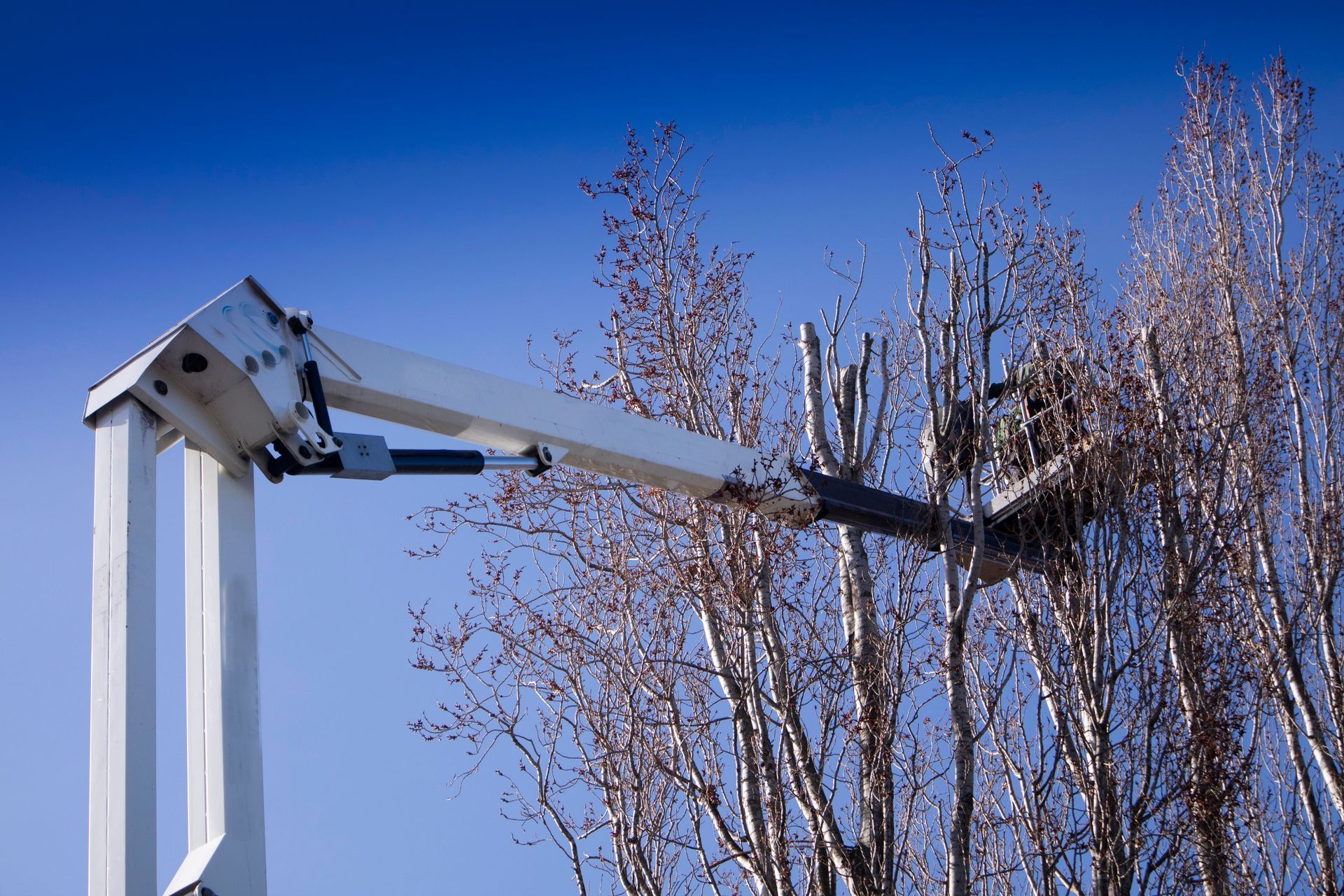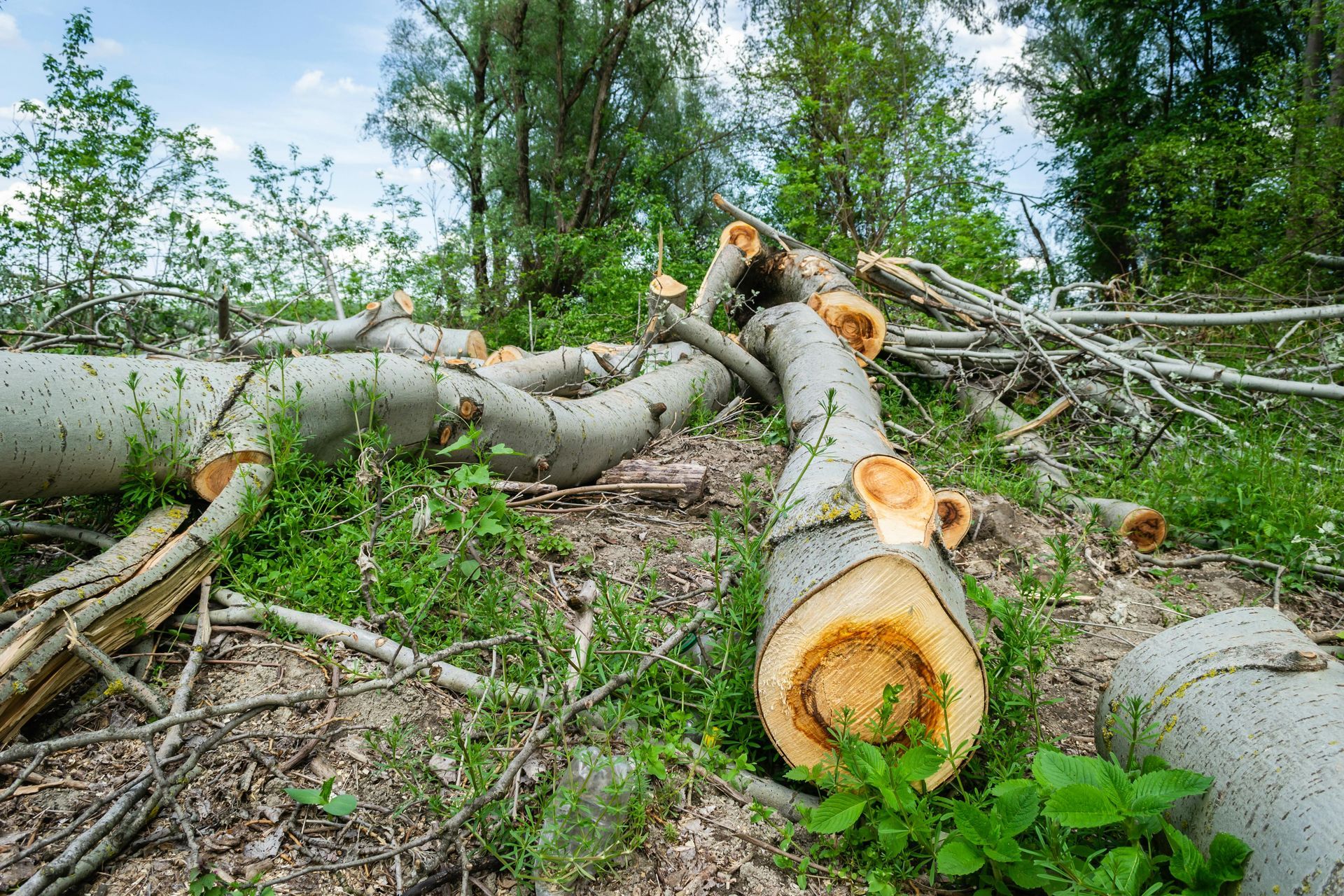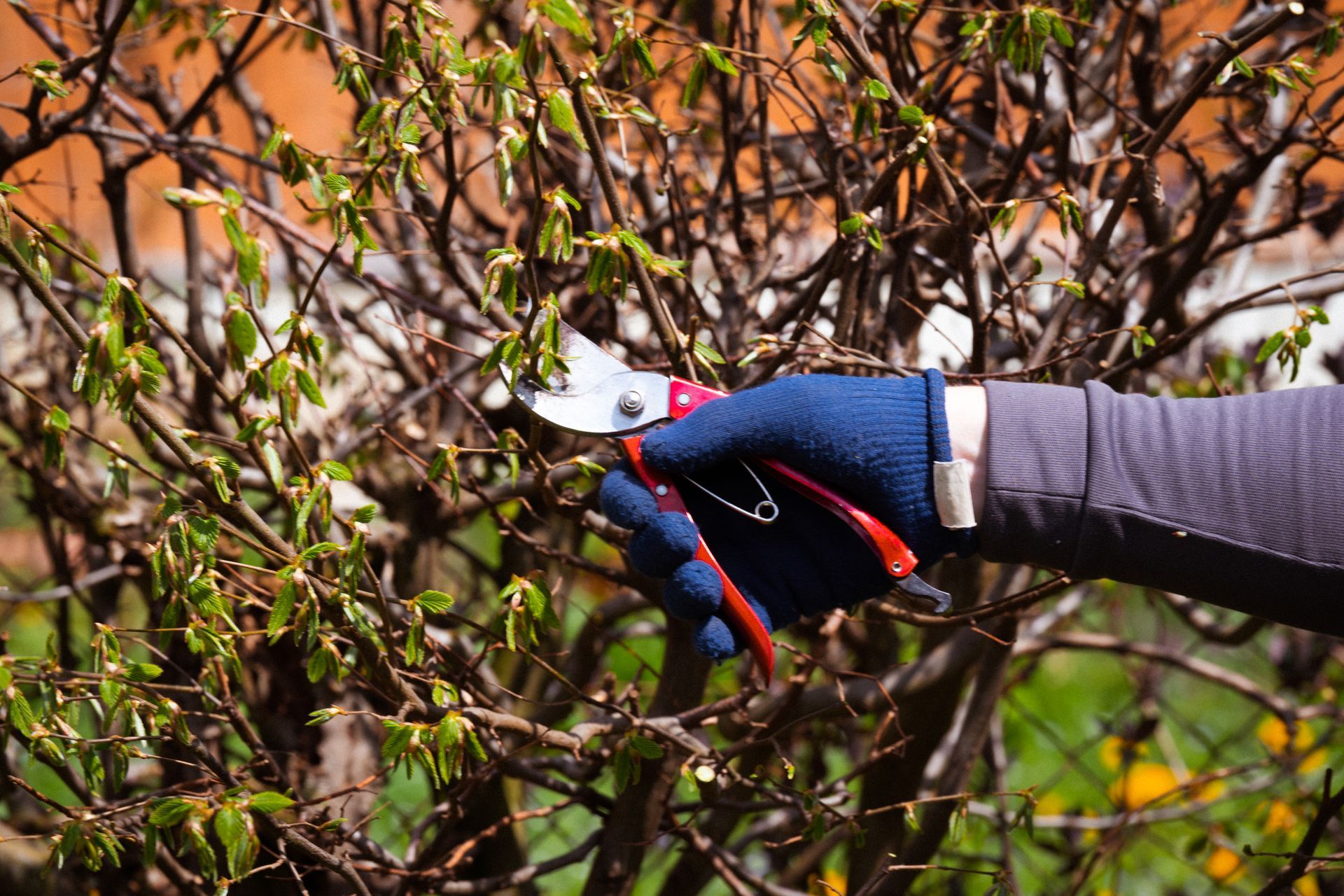Trees By Mike Arizona
10 Common Tree Trimming Mistakes to Avoid

Slide title
Write your caption hereButton
Tree trimming is an essential aspect of tree care that is often overlooked or done improperly. Many homeowners attempt to trim their trees without proper knowledge, which can lead to detrimental effects on the health and appearance of the tree. As the saying goes, "You only get one chance to make a first impression," and the same goes for tree trimming. Improper trimming can cause irreversible damage to your tree and impact its growth for years to come. To help you avoid making the same mistakes, our team at
Trees By Mike has compiled a list of 10 common tree-trimming mistakes and how to avoid them.
1. Not Understanding the Basics
Tree trimming requires knowledge of tree biology and proper pruning techniques. Many homeowners make the mistake of cutting branches at random without understanding the basics of tree growth. It is crucial to understand that trees have a natural ability to heal themselves, and improper trimming can harm this ability. Educate yourself or seek professional advice before attempting to trim your trees to ensure their health and longevity.
2. Trimming at the Wrong Time
Timing is everything when it comes to tree trimming. Trimming during the wrong season can have detrimental effects on your tree's health. For example, trimming during the dormant season can expose the tree to harsh weather conditions, making it vulnerable to pests and diseases. On the other hand, trimming during the growing season can stimulate growth and help the tree recover from the pruning. Consult with an expert or research the best time to trim your specific tree species to ensure optimal results.
3. Over-Pruning
Many homeowners make the mistake of over-pruning their trees, thinking that it will keep them healthy and beautiful. However, excessive trimming can weaken the tree and make it more susceptible to diseases and pests. As a general rule of thumb, do not remove more than 25% of the tree's canopy in one season. By following this rule, you can keep your tree lush and healthy.
4. Topping
Topping is the practice of cutting the top of a tree to reduce its height. This is a common mistake made by homeowners to control the size of their trees. Topping not only looks unattractive but also causes stress and harm to the tree. It removes a significant amount of foliage, which is essential for photosynthesis and can cause the tree to become weak and eventually die. Instead of topping, consider other pruning techniques, such as crown reduction or thinning, to maintain the shape and size of your tree.
5. Using Dull or Improper Tools
Using dull or improper tools for tree trimming can cause significant damage to your tree. It is essential to use sharp, clean, and appropriate tools to make precise cuts and avoid tearing the bark. Dull tools can create jagged cuts, making it difficult for the tree to heal, and can also spread diseases. It is crucial to invest in high-quality pruning tools and maintain them properly to ensure safe and effective trimming.
6. Ignoring Safety Measures
Tree trimming can be dangerous, especially when dealing with large trees and using power tools. Many homeowners make the mistake of disregarding safety measures, such as wearing protective gear and using ladders correctly. Tree trimming accidents can result in serious injuries or even death. It is always advisable to hire a professional tree trimming service to ensure your safety and the proper care of your trees.
7. Not Considering the Tree's Structure
A tree's structure is essential for its health and appearance. Ignoring the tree's structure and randomly pruning branches can cause structural weakness, which can result in tree failures. Consider the tree's natural form and growth patterns when trimming and avoid cutting large, dominant branches.
8. Not Removing Dead or Diseased Branches
Removing dead or diseased branches is crucial for the overall health of your trees. Many homeowners make the mistake of leaving these branches, thinking that they will eventually fall off. However, these branches can become a hazard and spread diseases to other parts of the tree. Regularly inspect your trees for dead or diseased branches and remove them as soon as possible.
9. Improper Pruning Cuts
Making improper pruning cuts, such as topping or flush cutting, can cause harm and damage to your trees. Topping and flush cutting involve cutting the branches too close to the trunk, and removing the branch collar, which is essential for the tree's healing process. Always make clean and properly angled cuts to avoid damaging the tree.
10. Not Seeking Professional Help
Tree trimming is not a simple task and requires knowledge, skills, and experience. Many homeowners make the mistake of attempting to trim their trees themselves without proper training, which can cause permanent damage to the tree. It is always advisable to seek professional help from a licensed and experienced arborist for safe and effective tree trimming.
Don't Make These Mistakes! Contact Us for Professional Tree Trimming Services in Phoenix, AZ Today!
Avoid these common tree-trimming mistakes and ensure the health and beauty of your trees with the help of
professional tree-trimming services from
Trees By Mike. Our team of skilled arborists has the knowledge and expertise to provide top-quality tree trimming and other services, such as
tree care,
maintenance,
removal,
pruning, and
fertilizing. Contact us today at
(602) 579-8733 for a free consultation and keep your trees healthy and thriving.
FAQs
How often should I trim my trees?
The frequency of tree trimming depends on the tree species, its size, and the desired outcome. Generally, trees need to be trimmed every 3-5 years, while some faster-growing trees may require annual trimming.
What is the best time to trim my trees?
The best time to trim trees is during the dormant season, which is usually in late winter or early spring. However, some trees, such as flowering trees, should be trimmed after they bloom.
Can trimming help improve the health of my trees?
Yes, proper and timely trimming can improve the health of your trees by removing dead or diseased branches, stimulating growth, and improving air circulation.
How much does professional tree trimming cost?
The cost of professional tree trimming can vary depending on the tree size, location, and complexity of the job. It is best to get a quote from a reputable tree service before starting the work.
Can I trim my trees myself?
It is not advisable to trim trees yourself, especially if you do not have proper knowledge and tools. Tree trimming is dangerous and requires proper training and experience to ensure safety and the health of your trees.

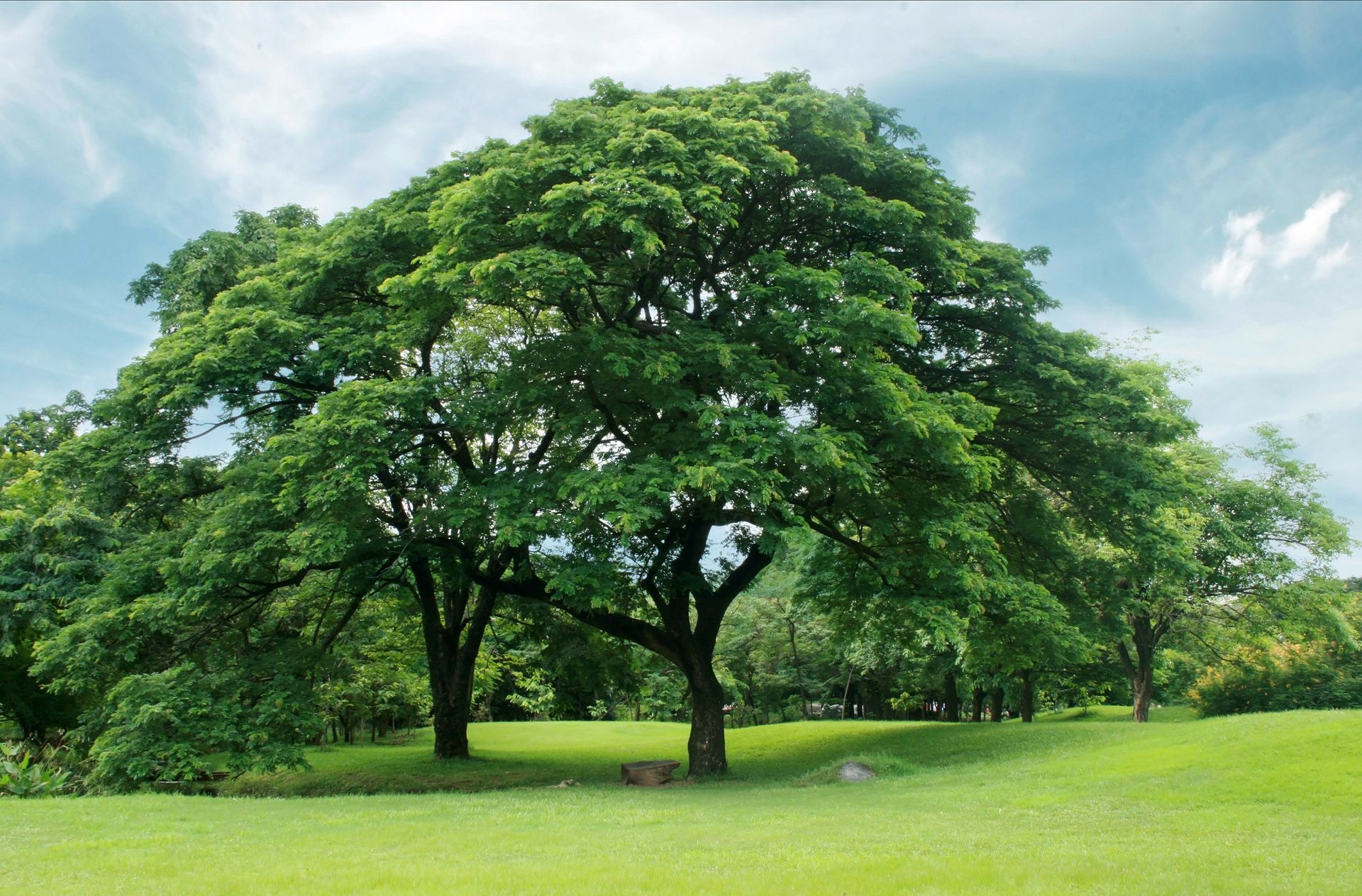
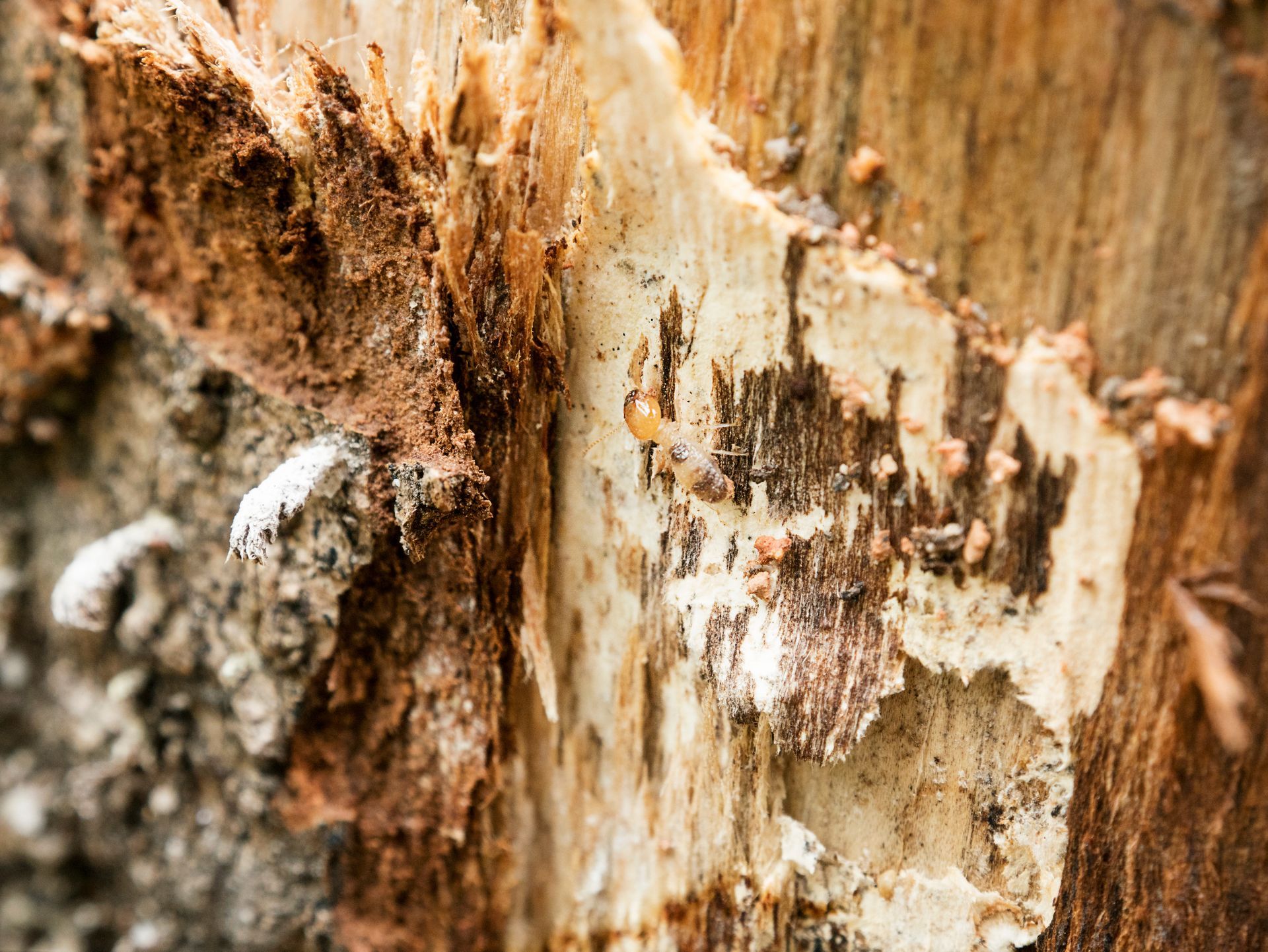
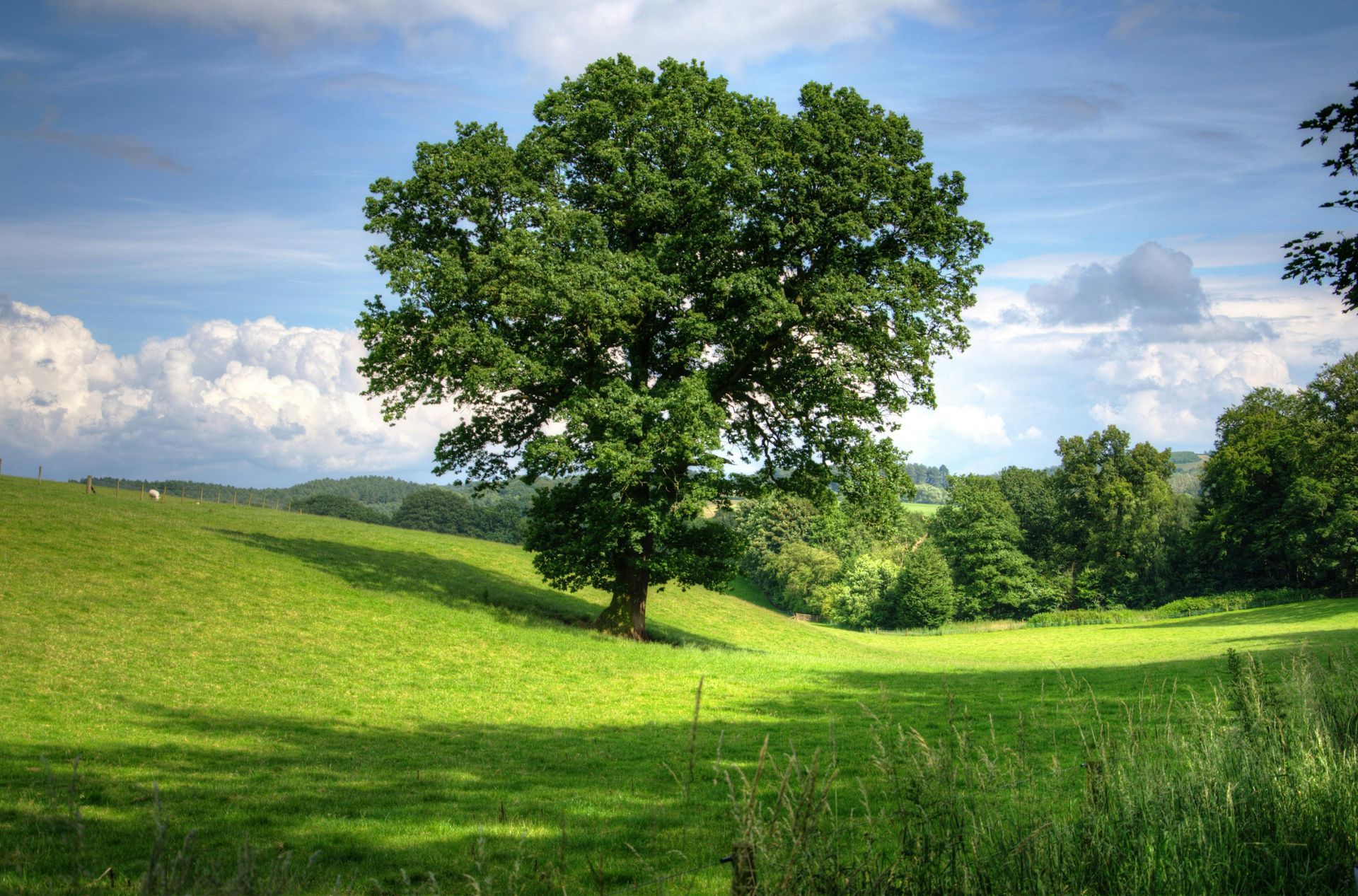
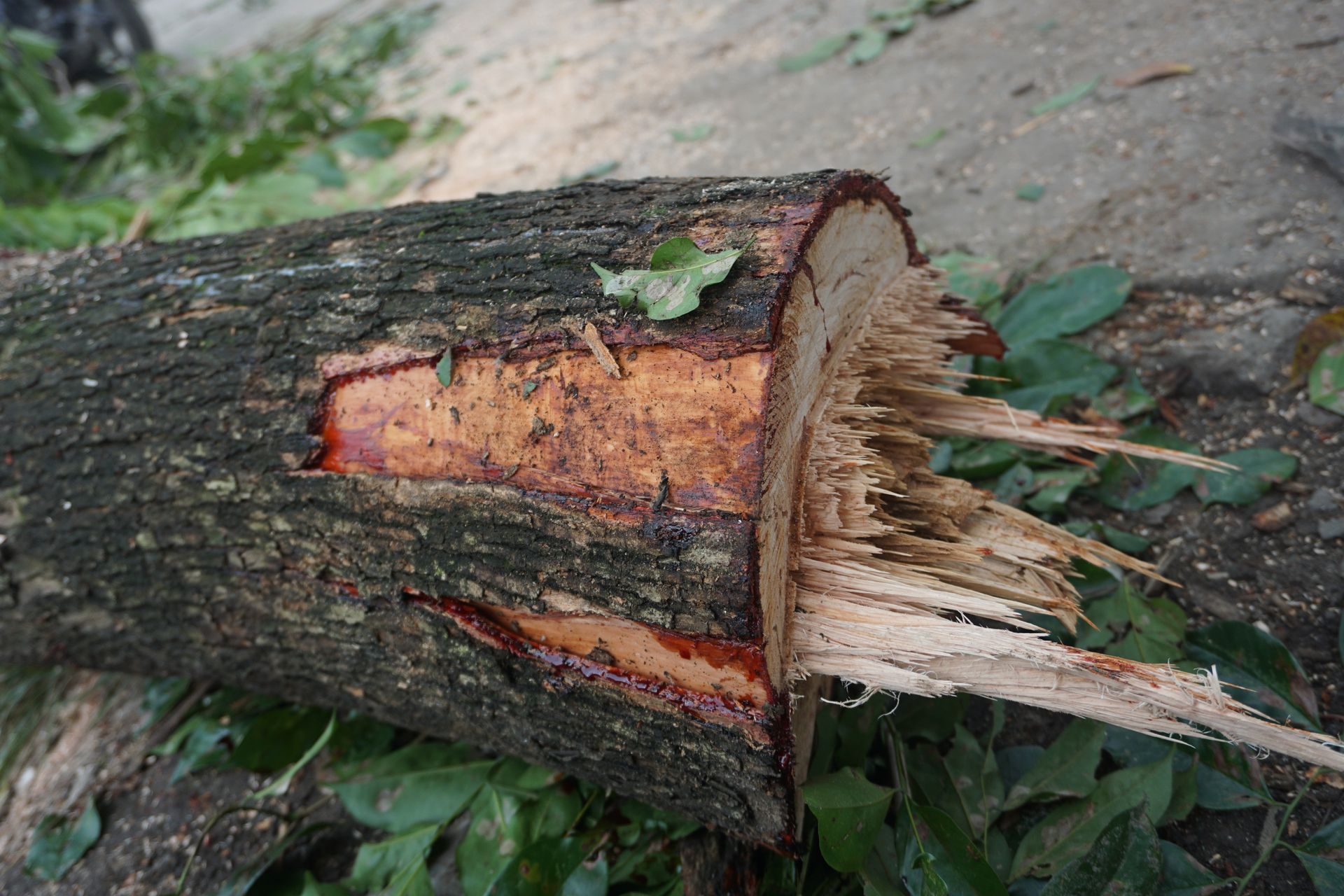
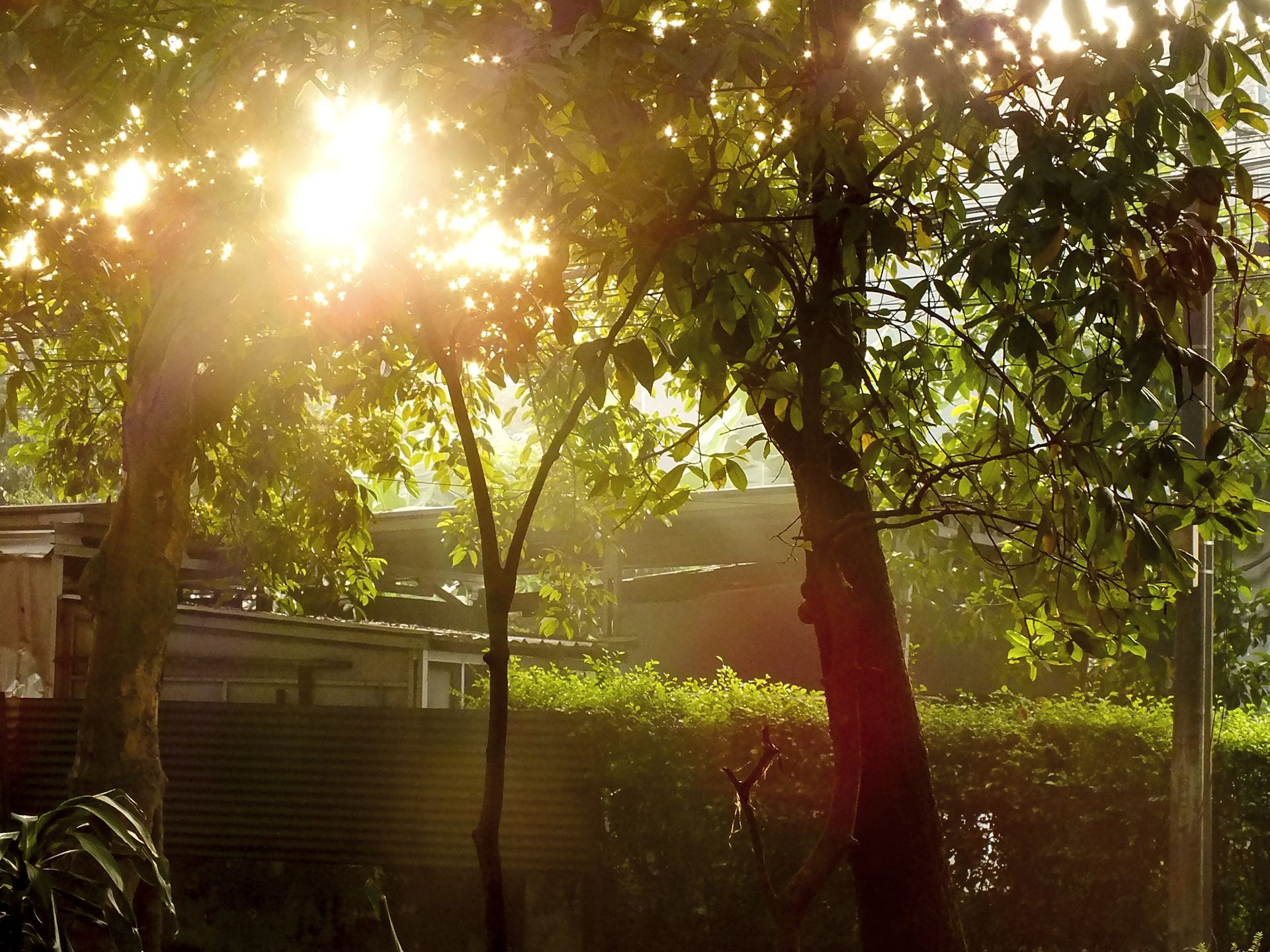
Copyright. Trees By Mike Arizona. All Rights Reserved.

